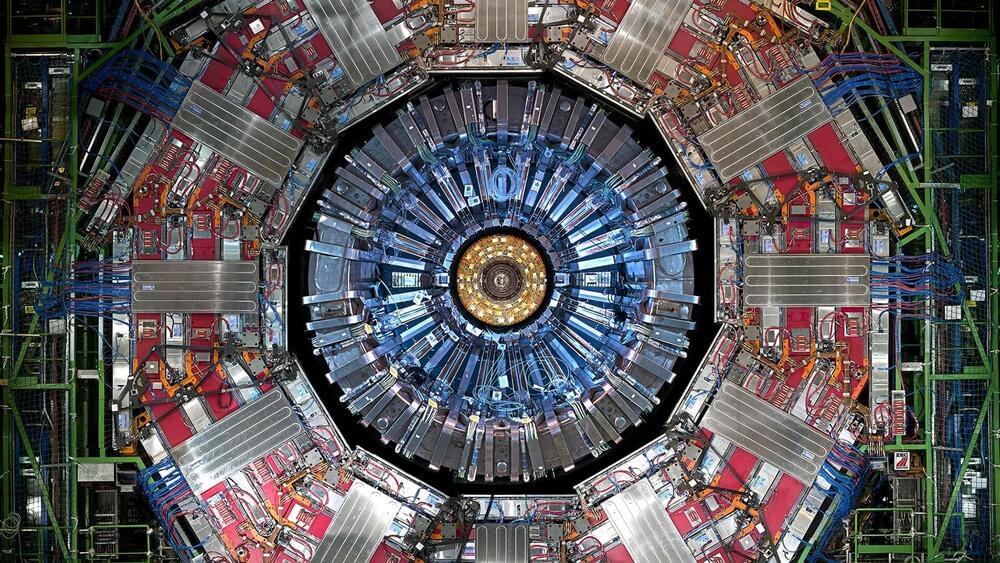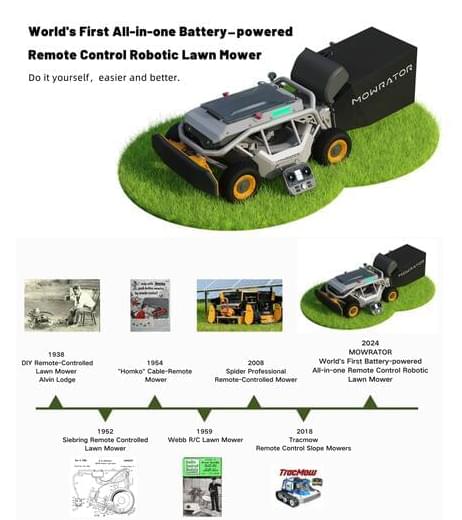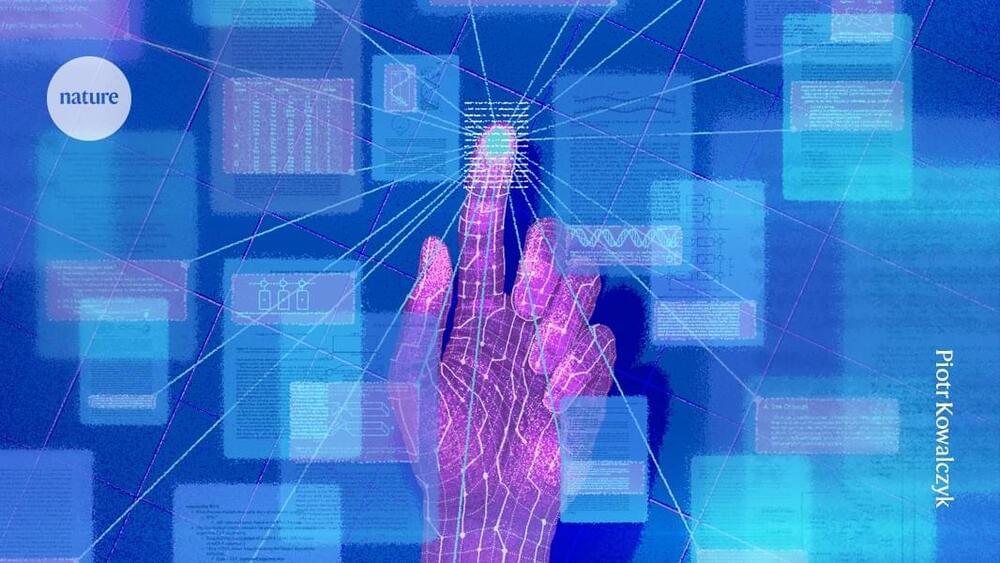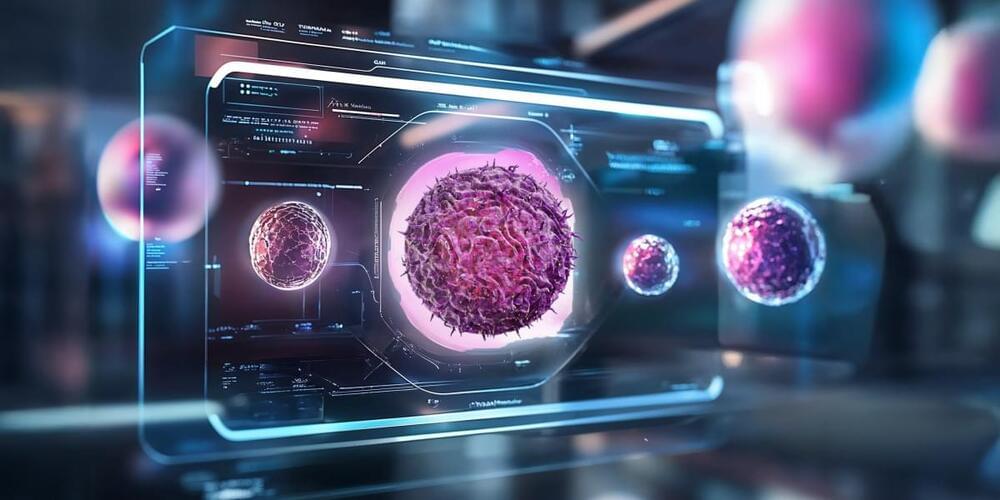Akash Systems has signed a non-binding preliminary memorandum of terms with the U.S. Department of Commerce for $18.2 million in direct funding and $50 million in federal and state tax credits through the CHIPS Act. Although this isn’t yet a binding contract that will give the company the promised funds, it’s an important first step in the negotiation process for the Oakland-based startup, which shows that both the company and the U.S. government are gradually moving towards a formal agreement. According to Akash Systems (h/t Axios), it will use the funds to ramp up its operations for producing diamond-cooled semiconductors for AI, data centers, space applications, and defense markets.
Diamond-cooling technology goes deeper than just thermal paste with nano-diamond technology. For example, some use synthetic diamonds as the chip substrate, utilizing the material’s thermal conductivity to more efficiently move heat away from the processor. So, let’s look closer at Akash’s solution.







